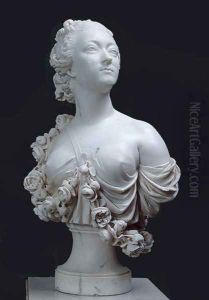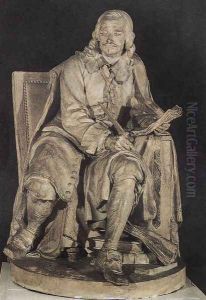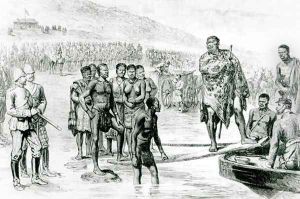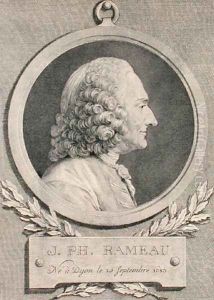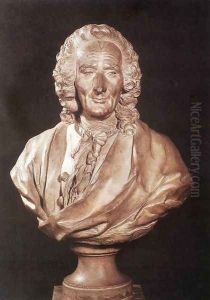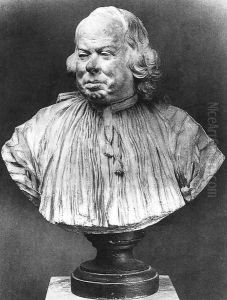Jean-Jacques Caffieri Paintings
Jean-Jacques Caffieri was a prominent French sculptor born on April 29, 1725, in Paris, France. He came from a family of Italian artists and was the son of Jacques Caffieri, a noted sculptor and decorator, and the brother of Philippe Caffieri, a famous bronze worker. The Caffieri family had moved to France from Italy in the previous century and had established themselves as leading artists in Paris. The family's artistic legacy provided Jean-Jacques with a fertile environment for developing his skills and reputation in the world of art.
Caffieri was known for his exquisite portrait busts and decorative sculptures. He received his early training from his father and attended the French Academy in Rome to further his studies in the arts. His stay in Rome, which was common for artists of the time seeking to learn from the classical traditions, had a significant influence on the development of his style and technique. Upon his return to Paris, he continued to build his career and became a member of the Académie Royale de Peinture et de Sculpture in 1759, which was a testament to his skill and the recognition he received from his peers.
Throughout his career, Jean-Jacques Caffieri worked for the French court and was commissioned to create sculptures for various royal residences. His works included both religious and secular themes, and he was particularly adept at capturing the character and likeness of his subjects in his portrait busts. Notable among his works are the series of busts of French writers and artists for the Comédie-Française, the state theater of France, which includes portraits of figures such as Molière and Racine. These busts are celebrated for their expressive realism and the way they convey the intellectual vigor of their subjects.
Caffieri's style was aligned with the Rococo movement, which was characterized by elaborate ornamentation, intricate details, and fluidity. He, however, also showed a predilection for the emerging Neoclassical style, which is evident in the more restrained and classical elements of his later works. His ability to blend the playful and light qualities of the Rococo with the more serious and austere Neoclassicism demonstrated his artistic versatility and contributed to his lasting reputation.
Jean-Jacques Caffieri died on June 22, 1792, in Paris. His legacy is preserved through his numerous works, many of which are held in museums and collections around the world. His contribution to French art is particularly noted for his mastery of portrait sculpture and his role in bridging two significant artistic movements of the 18th century.
